Elk hunting footwear is really, really important. Before you invest in expensive boots for that first western hunt, here are some suggestions.
by Leon Pantenburg
Disclaimer: Any boots mentioned in this post, I have worn or used in the field. Nobody had any input in this review, and all I ever promise on any product review is a fair shake.
FACT: Elk hunting is an addiction and it has been a passion of mine for some 25+ years. The afflicted start preparing for the fall hunt early in the summer. This includes getting in shape, applying for draw tags, looking at maps, upgrading equipment, etc.
One of the most important decisions is footwear. If you can’t hike, you can’t hunt. More importantly, inadequate or inappropriate boots may be the direct cause of a survival situation. A boot failure in the backcountry could be really, really bad.
If there is a tougher test of a boot than elk hunting in the mountains, I don’t know what it might be. (OK – maybe mountain sheep or goat hunting!) IMHO, the place to start preparing for an elk hunt starts with getting good boots.
Reality
Jim Zumbo, the hunting editor of Outdoor Life, gave the most accurate description of elk hunting ever. I went to one of his elk-hunting seminars several years ago at the Deschutes (Oregon) Sportsman’s Expo.
“Go to a brushy ravine, the last place you’d want to pack an elk out of,” Zumbo advised. “Put a bag of cement (90 pounds) on your pack frame. Then hike in and out of that gully or ravine four to six times. That’s like elk hunting.”
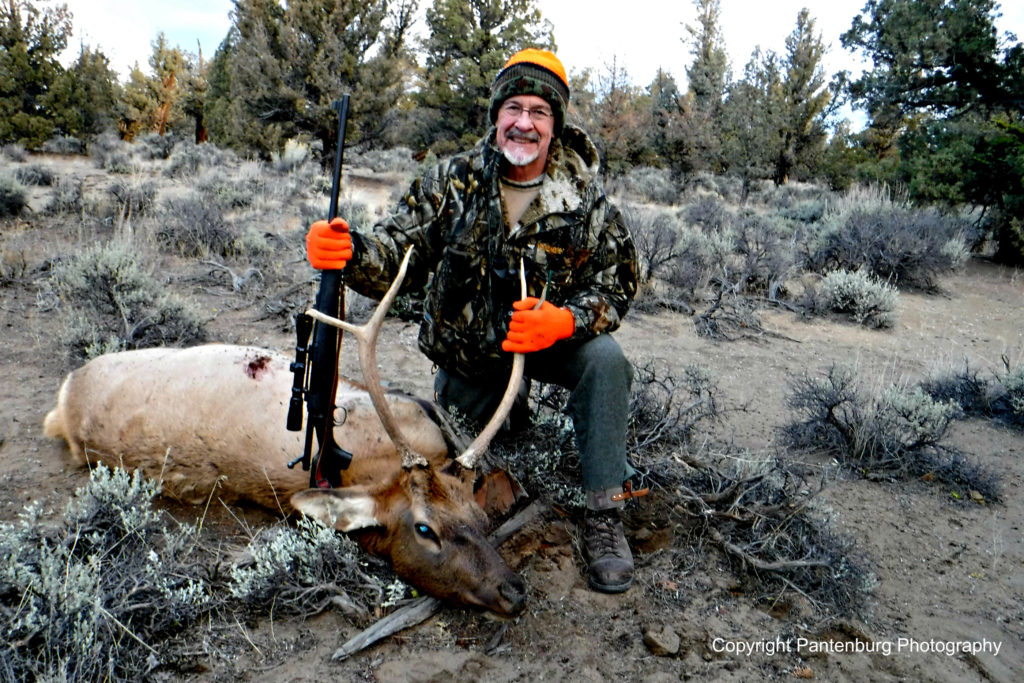
I killed this bull in the Oregon desert. My footwear was full-grain leather, 800-gram insulated Cabelas’ Outfitter series boots.
Then there are extremes of temperature and weather.
On one early hunt in Idaho’s Clearwater National Forest, the temperatures ended up in the low 90s. I passed on a shot at a six-point bull. Killing an elk that day under those circumstances, would have been awful – the meat would have probably spoiled in the heat, and the flies would have been a cloud over the carcass.
A late season hunt in the Selway/Bitteroot wilderness on the Idaho/Montana border saw the temperatures drop to below zero with knee-deep snow. It was arctic hunting. My buddy’s canteen froze solid.
Talk to a dozen experienced elk hunters and you may get a dozen different opinions about the best boot to wear. Here is my two cents’ worth.
What to look for in an elk hunting boot:
Tough overall boot: My hunting footwear ranges from lightweight, breathable boots to heavy-duty, heavily-insulated full grain leather boots. For overall elk hunting, I want ankle-high to ten-inch lace-up boots. They will have full-grain leather, and a thick, tough sole with aggressive tread. They may be insulated.
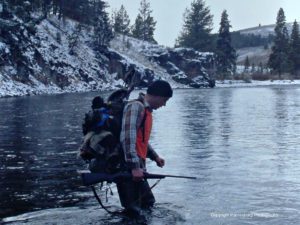
Michael Pantenburg wades the Salmon River in Idaho on an elk hunt. In this case, the best elk hunter boots were waders.
Maximum support for moving with weight: I weigh about 185 pounds buck-nekkid out of the shower. Add 10-15 pounds of clothing and boots, an eight-pound rifle and ammo, and some 15-20 pounds of gear in a daypack. That means I already weigh some 200+ pounds, just to leave the base camp. Add a backpack that can weigh 40+ pounds. My boots have to be supportive with all that weight, in a variety of rugged, gnarly terrains.
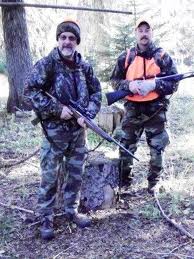
Me and Mike Pantenburg all cammied up to go Idaho elk hunting. (Bob Patterson photo)
The right size: Get a minimum of one-half to one size larger than you normally wear. Your feet will swell throughout the day, especially with the extra weight. Make sure you try on boots with the socks and insoles you will wear.
Break-in your boots! I put a minimum of 100 miles on a pair of boots before I’d consider wearing them on a hunt. Get those hunting boots now, and start wearing them regularly so they have time to mold, bend and flex to your feet. Now is the time to decide if the boots are going to work for you.
Semi-stiff, thick sole: Under most circumstances, a thin, flexible sole is probably not a good idea on an elk boot. You may be in rugged, rocky, mountainous terrain. At some point, all your weight may end up on one small area of your boot sole. (Think crossing a boulder field!) A semi-stiff, thick sole will offer the needed protection.
Full-grain leather: For durability, full-grain leather can’t be beat. In addition to the wear you expect on the soles, there is also considerable scratching and wear on the sides of the boots.
Lateral stability: Another hugely important aspect. You don’t want your foot to twist at some critical time, especially when you are carrying a lot of weight.
Aggressive sole pattern: Elk hunting is not a place for smooth soles. The tread should bite into whatever ground you’re walking on.
Easy to lace: If you’re hiking most of the day, you will probably adjust your boots several times. If this isn’t easy, you may skip the adjustments.
Socks, and insoles: These are an integral part of your boot fit. The boots should be sized to accommodate thick, quality socks and insoles. Don’t economize in this area!
Here are boots I’ve worn elk hunting.
Danner Pronghorns: These are perennial favorites with North West hunters. Brother Mike swears by his, so I got a pair also. Mine are the 400 gram insulated version, with the waterproof moisture barrier.
Rocky: My black, 10-inch Rocky insulated boots I’d worn in Washington D.C. and deer hunting in Virginia and New York worked really well in the eastern decidious forests. They went west with me, but proved to be just OK as elk hunting boots. This model needed more lateral strength and ankle support.
Cabela’s Outfitter: These were my go-to standard for fall elk hunting for a decade, and I highly recommend them. Boots, like these with a waterproof membrane, have their place, but you must dry them out nightly!
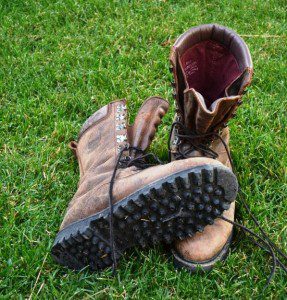
These Cabela’s Outfitter boots are waterproof, heavily insulated, and an excellent choice for late season hunting.
Irish Setter Pinnacles: I tested and reviewed these boots during the last deer season. They worked out great.
Irish Setter Elk Trackers XD: I just finished checking these boots out – so far, they look like winners! Read the review and see the Elk Tracker video.
Footwear is a very personal choice, and elk hunting boots require some research. Find the best pair for you, break them in before going hunting and good luck!
Welcome to the addiction!
Please click here to check out and subscribe to the SurvivalCommonSense.com YouTube channel – thanks!
There are many factors that determine how comfortable your hiking footwear will be. Consider these things when you are shopping:
-
- Shoes or boots for hiking?
- Waterproof or not?
- What are the best socks for the conditions?
- How do you avoid getting sore feet?
- Will the shoes or boots keep your feet warm?

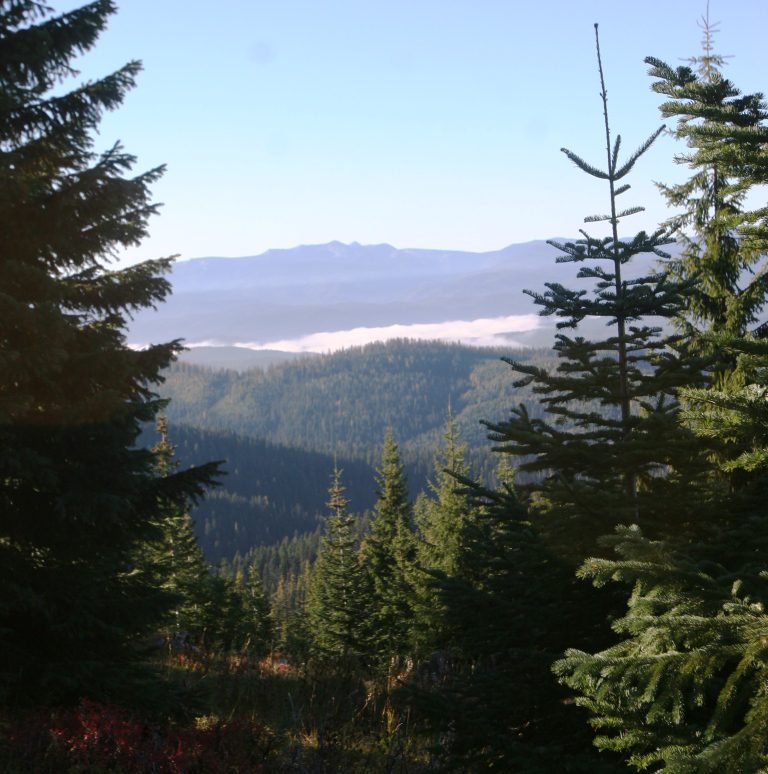
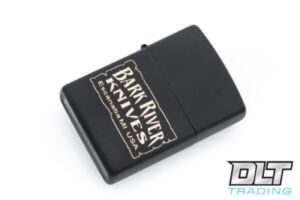
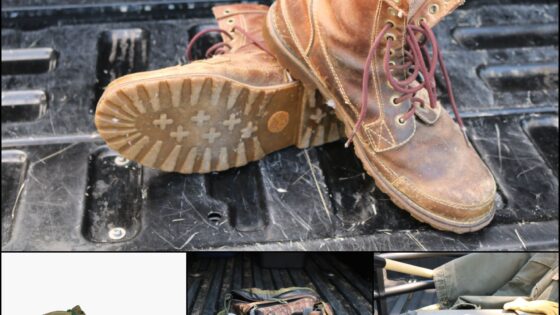
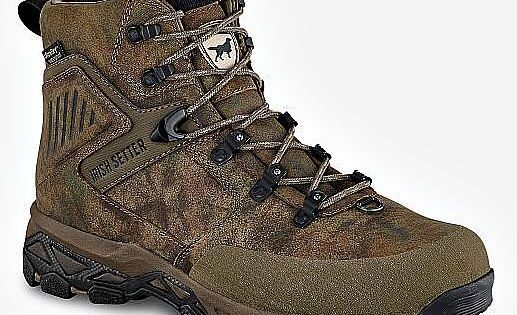
Leave a Reply